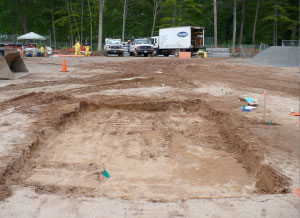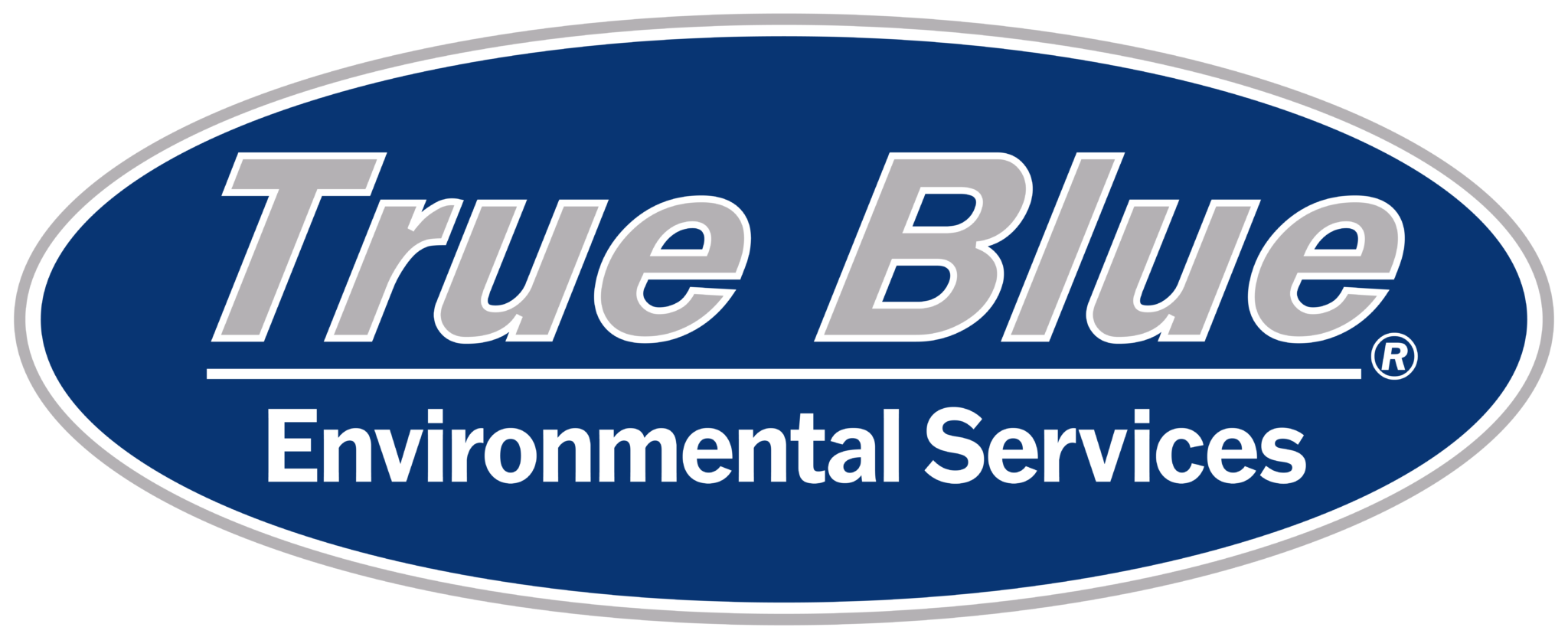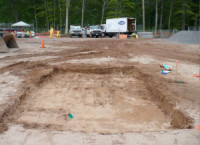PCB Remediation
Significant Facts
- Remediation of former municipal sludge drying beds associated with community WWTP
- Excavated 1300 tons of PCB impacted soil and sludge
- Transported and disposed of TSCA hazardous regulated soil as well as non-hazardous soil and sludge at various permitted facilities.

Project Summary
True Blue remediated PCB-impacted sludge from a former wastewater treatment plant sludge lagoon in Southington, Connecticut. This cleanup involved the removal of PCBs in accordance with TSCA guidelines as mandated by the EPA.
During site preparation for plant expansion, former waste sludge drying beds were discovered by the consulting engineers. Subsequent analysis revealed significant levels of volatile organic, hydrocarbon, and PCB contamination in soils. Before the proposed expansion could continue, a remediation plan that included offsite disposal of impacted media was designed.
The project was implemented in phases with the first phase requiring shallow excavation of contaminated soil from multiple locations. True Blue was contracted to perform pocket excavations in various contaminated areas. The soil was direct loaded whenever possible. Excavation depths ranged from 0.5 feet to 4.0 feet below grade. The excavated areas were sampled for confirmation and subsequent removal efforts were undertaken. Total disposal of PCB contaminated soil exceeded 1300 tons.
The second phase, of the project called for dissection of an approximate 2,500 cubic yard stockpile that had been generated (by others) prior to recognition of the PCB impacts. This effort included sampling of the stockpile in lifts and by cells as required by EPA in an approved sampling and analysis plan. Various levels of PCBs were segregated for disposal by various waste classifications; >50 ppm, >10-
Throughout the project True Blue monitored the ambient air to ensure the safety of its employees. Engineering controls to prevent migration of contaminants of concern included water and polyethylene sheeting for dust suppression.
Prior to demobilization, all excavation equipment and vehicles underwent an intensive decontamination procedure followed by wipe confirmation sampling.

